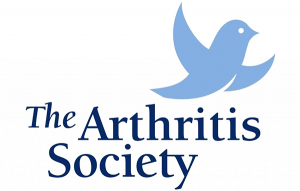Childhood Arthritis
WHAT IS JUVENILE IDIOPATHIC ARTHRITIS (JIA)?
The word arthritis comes from the Greek words “arthron” meaning “joint,” and “itis,” meaning inflammation. Thus, arthritis is inflammation in the joints, the places where the bones come together.
Many people think that arthritis is something only old people get. Children and teenagers get a type of arthritis called juvenile idiopathic arthritis (JIA). “Juvenile” means young (16 years of age or younger) and “idiopathic” means the cause is not known. JIA is also sometimes called juvenile rheumatoid arthritis (JRA).
Here are some differences between arthritis in children/teenagers and arthritis in adults:
- One of the most common forms of arthritis in adults, called osteoarthritis, is not common in children or teenagers with JIA.
- Rheumatoid arthritis (RA) is another common type of arthritis in adults that does not occur often in children or teenagers.
- There are some types of arthritis in children and teenagers that do not occur in adults.
- It may take longer for children and teenagers with JIA to be diagnosed because many people (even doctors) do not realize that children and teenagers can get arthritis!
- JIA in children and teenagers may affect their growth. If the arthritis affects many joints or other body systems, they may grow more slowly overall. On the other hand, if only one joint such as the knee is affected, the inflammation can cause more blood flow to the joint and make that part of the body grow faster.
- Children and teenagers with JIA may also get inflammation in their eyes.
- Medications used to treat arthritis are generally the same in all age groups. However, doses need to be adjusted for children and teenagers based on their weight.
